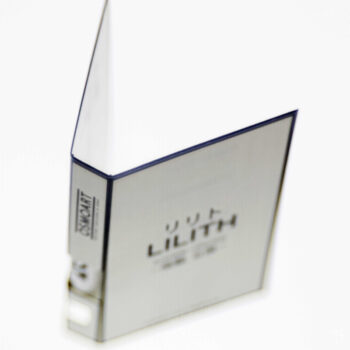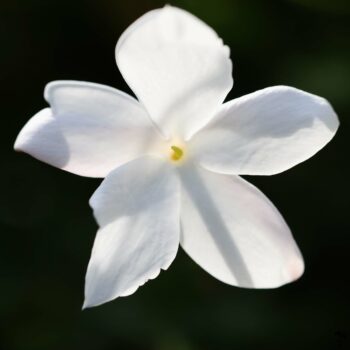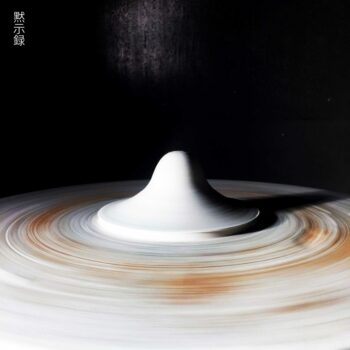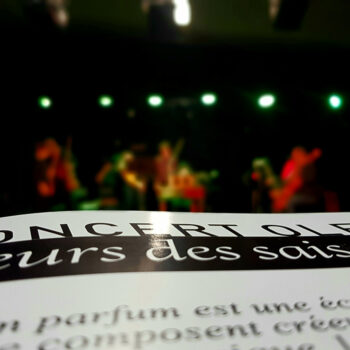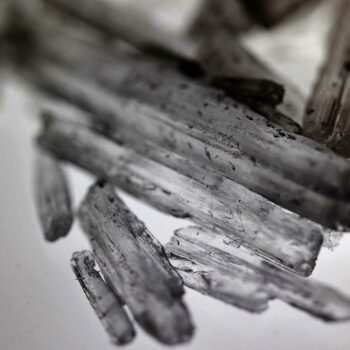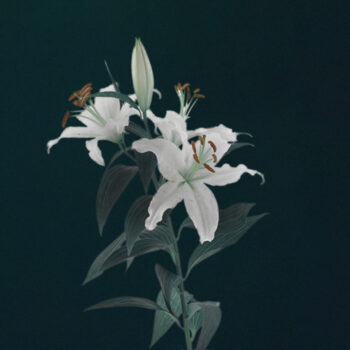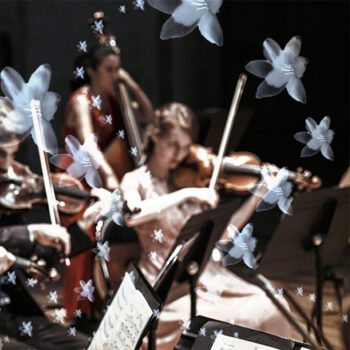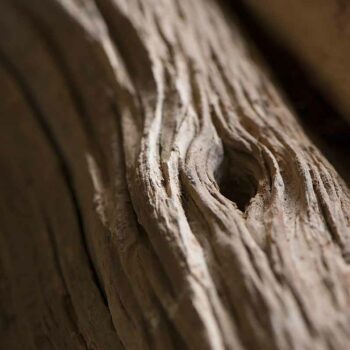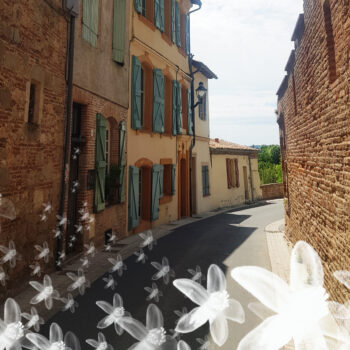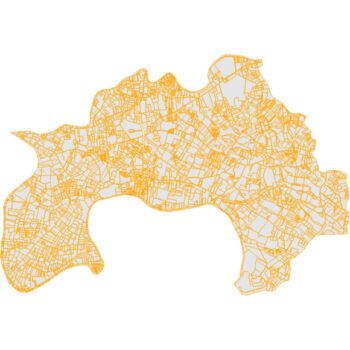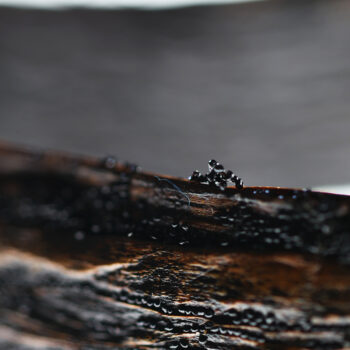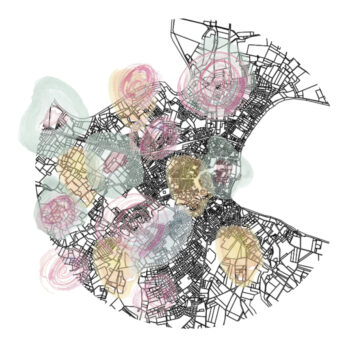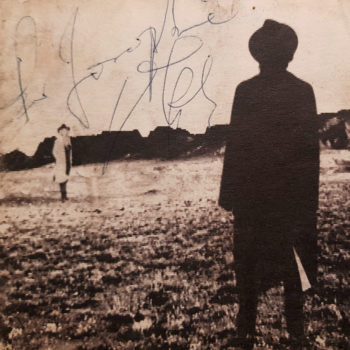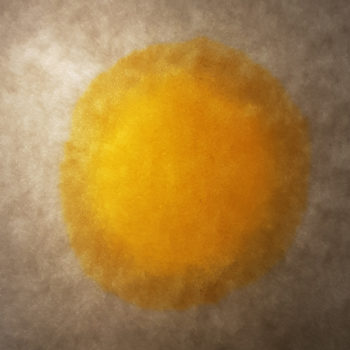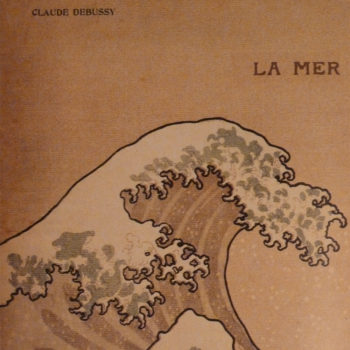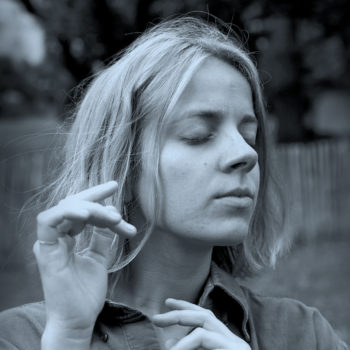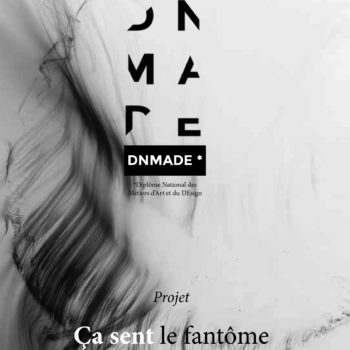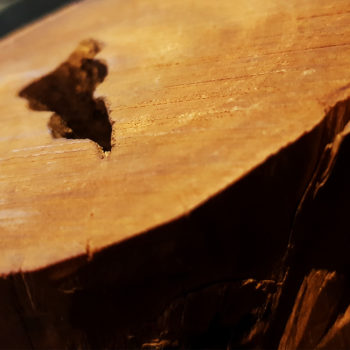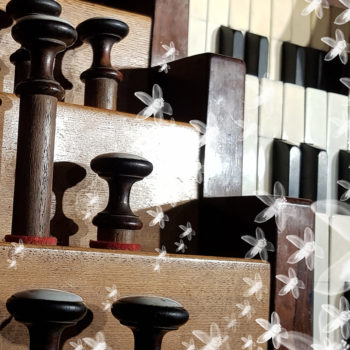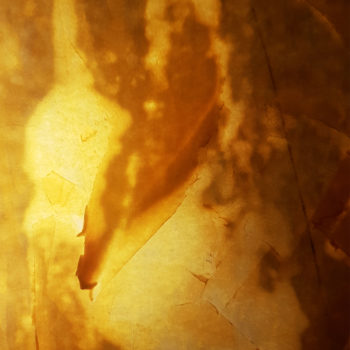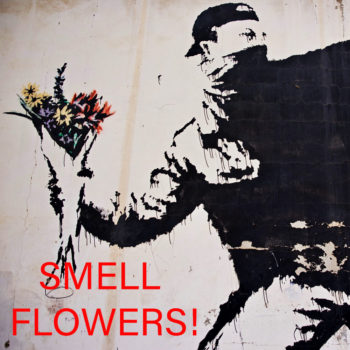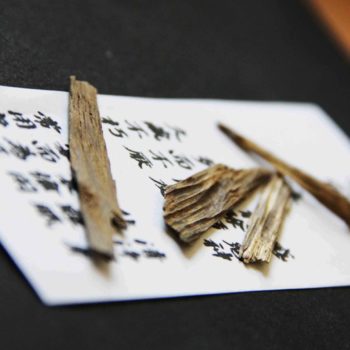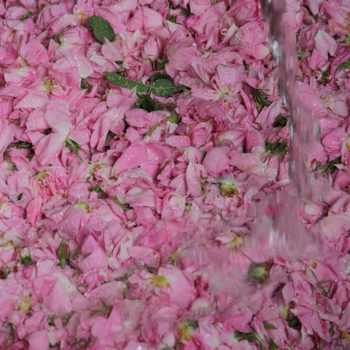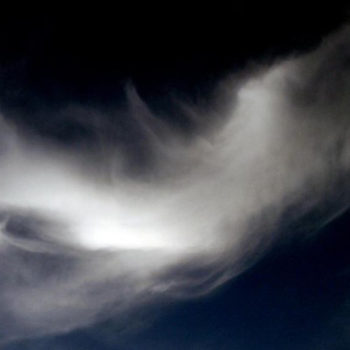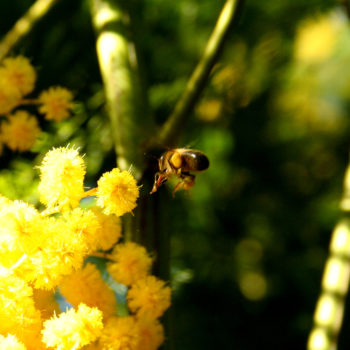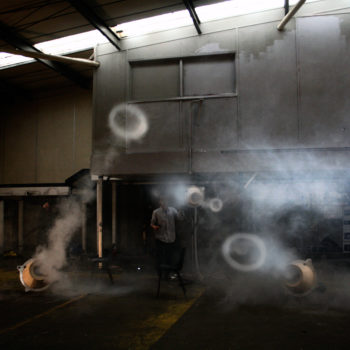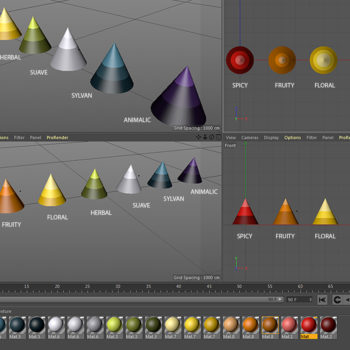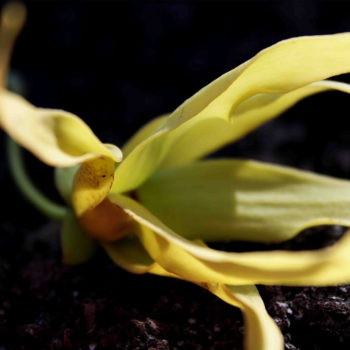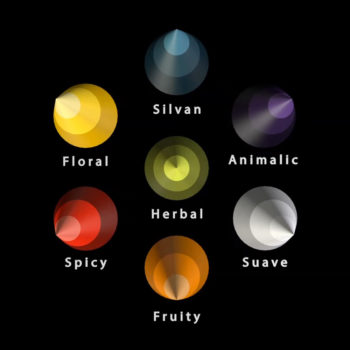FORMULATE WITH WOODS
published on 2022-07-31You will find here the conference « Formulating with woods: part 2 » which was given by Pierre Bénard on Wednesday June 29 during the World Perfumery Congress #WPC2022 in Miami, organized by Perfumer & Flavorist.
Thanks for the trust of the Australian company Quintis Sandalwood, we dive in the Sylvan area.
SPEECH
SLIDE 2
Thank you Jenna (from WPC), so I’m taking over from Michelle Bruckmann let’s continue the discussion about formulation with the woods and woody notes.
But first, let me take a moment to thank the Australian company Quintis for trusting me with this presentation and entrusting me with the development of olfactory education. with schools of the profession : private schools, universities and internal schools of perfumery companies.
Transmitting my passion and knowledge of scent is one of my missions in life.
Smell is a sensation due to volatile molecules.
My purpose is to share this sensation.
« Forests, the green lungs of our planet, perfume the air we breathe.
The trees, from their roots to their tops, contain their essential oils, their essences, their perfumes.
They are huge sources of inspiration for perfumers. »
SLIDE 3
We know that in a general way, learning is much easier when you can form logical groups.
Within the explored universe, zoology and botany give striking examples of organized systems.
I created a simple systematic with seven olfactory areas.
You know these olfactory groups : Spicy, Fruity, Floral, Herbal, Animalic…
For example, the “suave” area, a much neglected vocabulary term, encompasses vanilla, coumarinic, balsamic, honeyed, roasted, caramel, and milky notes.
For now, I invite you to the silvan.
SLIDE 4
This sylvan zone is subdivided from the notes of the roots to the tops of the trees.
From earthy woody notes like cypriol or vetiver to more terpenic notes of resins and conifers.
This luminous ascent is made through the undergrowth, lichens and the trunk of the tree.
SLIDE 5
We will focus today on the trunk , the backbone of the tree : the bark, sapwood and heartwood.
SLIDE 6
In it, we will find animalic woody notes, such as the scatological trendy agarwood and phenolic notes of woods from dry distillation like birch or cade tars.
We will also find the notes of dry woods.
From Juniperus genus like Virginian cedar, true cedar like Atlas cedar or Chamaecyparis with hinoki...
Let’s now ! Have a nosedive into the woods that I call the “flesh woods”.
SLIDE 7
Flesh woods, they are fresh and greasy like human skin.
We will find linalool woods such as the famous rosewood, or shiu , also called ho wood, a species chemotype of camphor and ravintsara.
We’ll also find some woods gravitating around the reminiscence of sandalwood, like Amyris balsamifera..
SLIDE 8
Let’s now enter into the Santalaceae family,
It includes 400 species divided into about 40 genera.
The genus Santalum has about fifteen species.
We will find the species, like insulare, yasi, lanceolatum…but particularly we use the perfumers’ sandalwoods: Santalum austrocaledonicum, spicatum and album.
OLFACTION 1 : Let’s smell an example of high quality Santalum spicatum E.O double distilled
SLIDE 9
The first one, austro-caledonicum, originates, as its name suggests, from New Caledonia and also from Vanuatu.
Its smell is woody and velvety.
It is differentiated by the presence of lanceol.
While for the spicatum species, % it will be other molecules like nuciferals, curcumene (as u know) which remind us of the earthy and spicy notes of turmeric
SLIDE 10
In perfumery, fixation is a process that promotes the retention of the perfume for as long as possible.
A fixative is a compound used to equalize the vapor pressures, and therefore the volatilities of the raw materials that make up a perfume and thus increasing its tenacity and « sillage ».
OLFACTION 2 : Again let’s smell ! This time a Santalum album E.O (matured)
The more matured this essential oil gets, the more refined notes we find.
SLIDE 11
Sandalwood E.O is a fixing material but also a fragrant material like vetiver, labdanum or patchouli.
In the history of perfumery, patchouli was used for its fixatio even before its smell.
In fact, today, patchouli is (actually) in most perfume compositions.
SLIDE 12
The sandalwood connects the sylvan area with many other olfactory areas.
These multiple facets make sandalwood an endless source of inspiration for the perfumer-creator.
SLIDE 13
First, it’s logical, that a tree smells of wood.
In sandalwood E.O we also notice a certain dryness.
These dry woody notes come from the molecules of alpha-santalene, alpha-santalol and alpha-santalal.
SLIDE 14
The presence of phenols gives some leathery and smoky aspects.
Eugenol and its derivative iso-eugenol bring a warm spicy note which is nice to introduce in floral accords like ylang-ylang, wallflowers and especially carnation.
This is why the essential oil of sandalwood is excellent to prolong their spicy, narcotic and exotic character.
SLIDE 15
The phenol, 6-methoxy-eugenol, brings notes of fire.
These pyrogenic notes are found in essential oils obtained by dry distillation, like birch or cade, used in the so-called “Cuir de Russie“ accord.
But, the olfactory association of sandalwood and leather dates back to the Arab presence in Spain during the middle ages where the famous leather of Cordoba was perfumed with sandalwood.
SLIDE 16
Sandalwood enhances floral accords !
I find sandalwood essential oil is reminiscent of the scent of the skin as well as the silky petals of a rose.
The accord rose-sandalwood has become an archetype accord reminiscent of the attars of traditional Indian culture.
Attars are made by co-distillation of flowers and spices with essential oil of sandalwood.
A kind of « enfleurage » !
SLIDE 17
What is less known is that sandalwood has strong smelling Ionone-like molecules, such as the Nor-alpha Santalenone and Acetyl-dihydro-albene molecules.
It connects to such flower-Ionones as boronia and osmanthus, products which contain natural ionones.
SLIDE 18
Its para-methyl–acetophenone molecule translates the flaky aspect of powdery and aniseed flowers like mimosa, hawthorn, lilac or black locust.
SLIDE 19
Sandalwoods, album and spicatum,also have a molecule in common with lily of the valley : Iso-beta bisabolol .
SLIDE 20
Although very few terpenes are needed to have a fresh citrus effect, sandalwood E.O accompanies them wonderfully.
In certain sandalwood essential oils, we find notes of dried grapefruit skin, like the effect of nootkatone in vetiver.
SLIDE 21
But, the perfumer’s holy grail is this naturally indomitable milky note!
Mainly due to the content of beta santalol and Nor-alpha-trans-bergamotene.
OLFACTION 3 : Let’s smell the holy grail! : a milky Santalum album E.O
SLIDE 22
This milky note only found in white sandalwood is very interesting with white flowers that have lactonic character, such as gardenia and tuberose,
Tuberose, forever, my favorite flower!
I hope that today’s presentation has been useful.
The subject of woody notes is facinating
and I hope I was able to express that: while there are many species of sandalwood, white sandalwood, Santalum Album, is a precious material for perfumers.
With its refined and tenacious fragrance it takes us on an olfactory journey to the milky way.
SLIDE 23
Now if you will allow me to share a video prepared by Quintis … I appreciate your time and attention.
Thank you.



